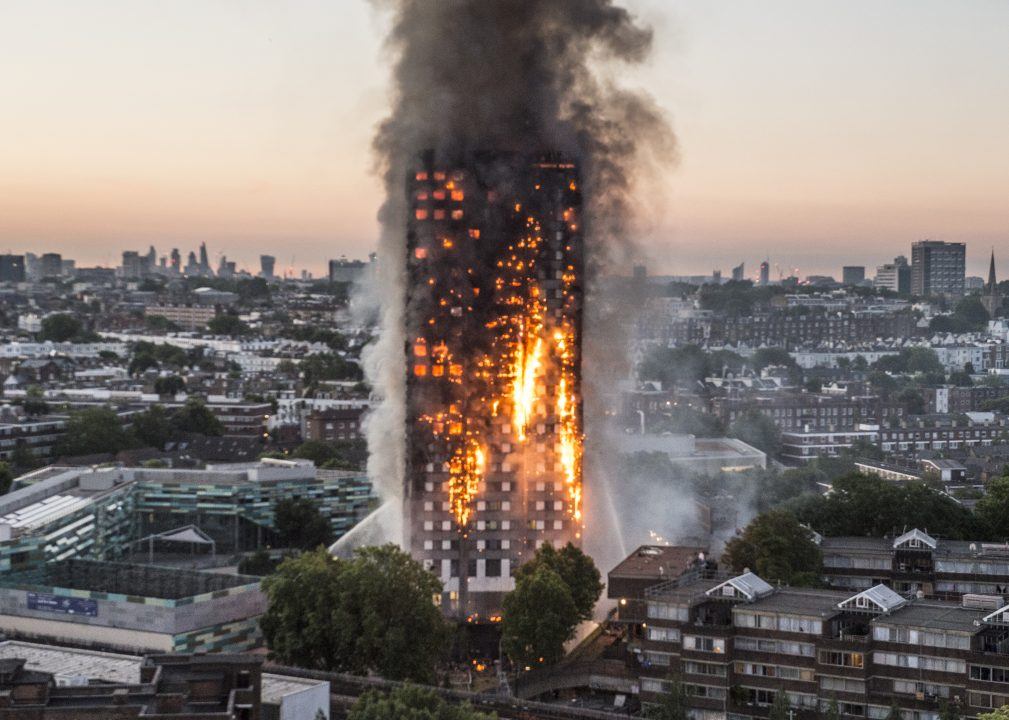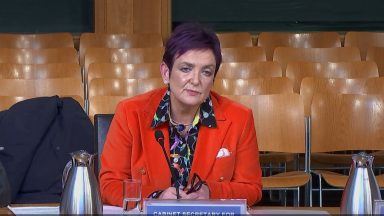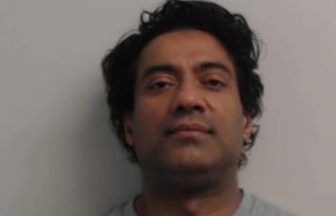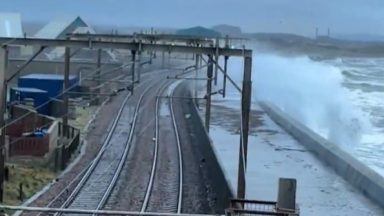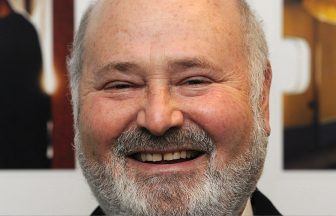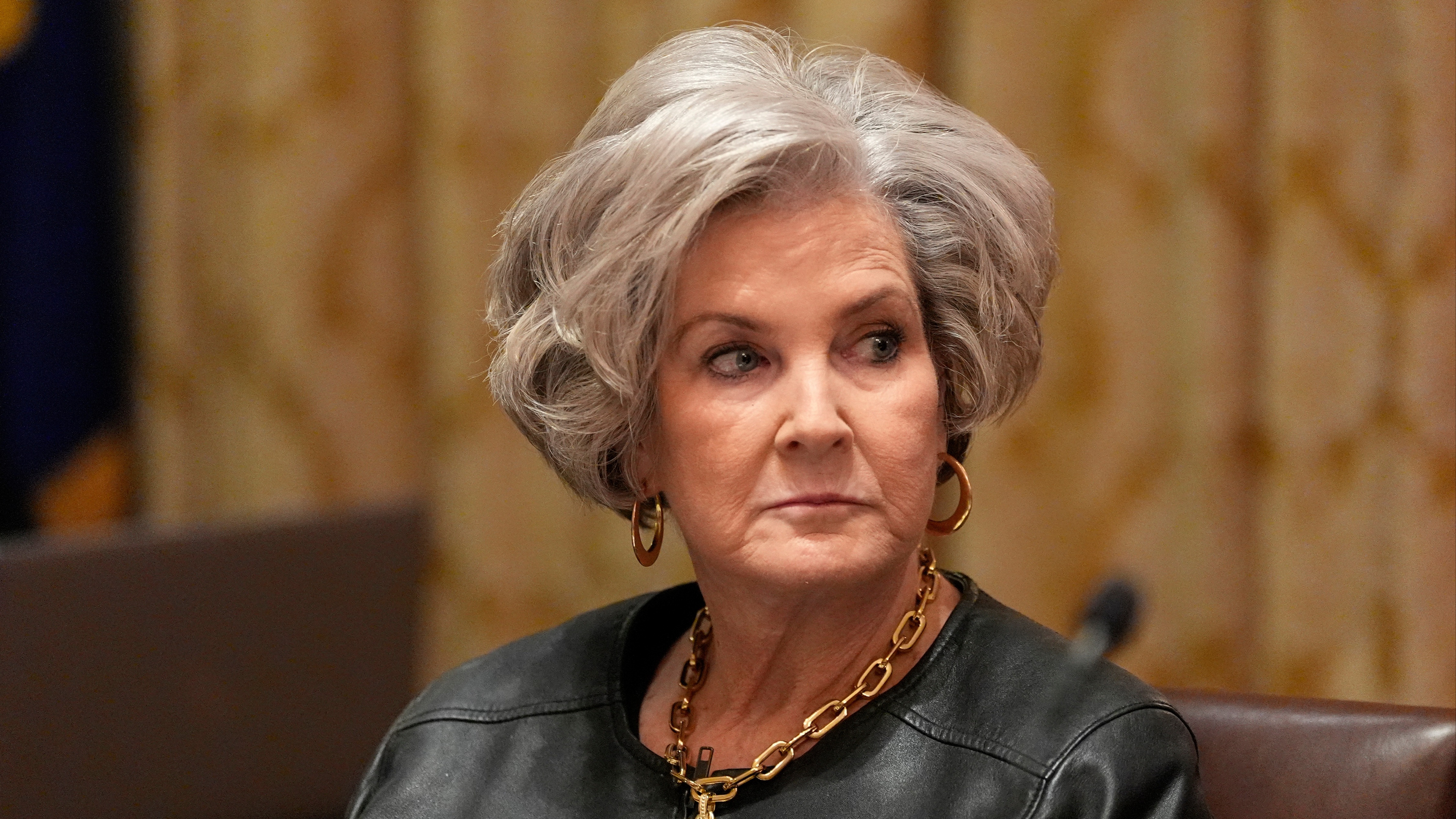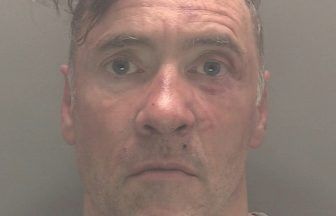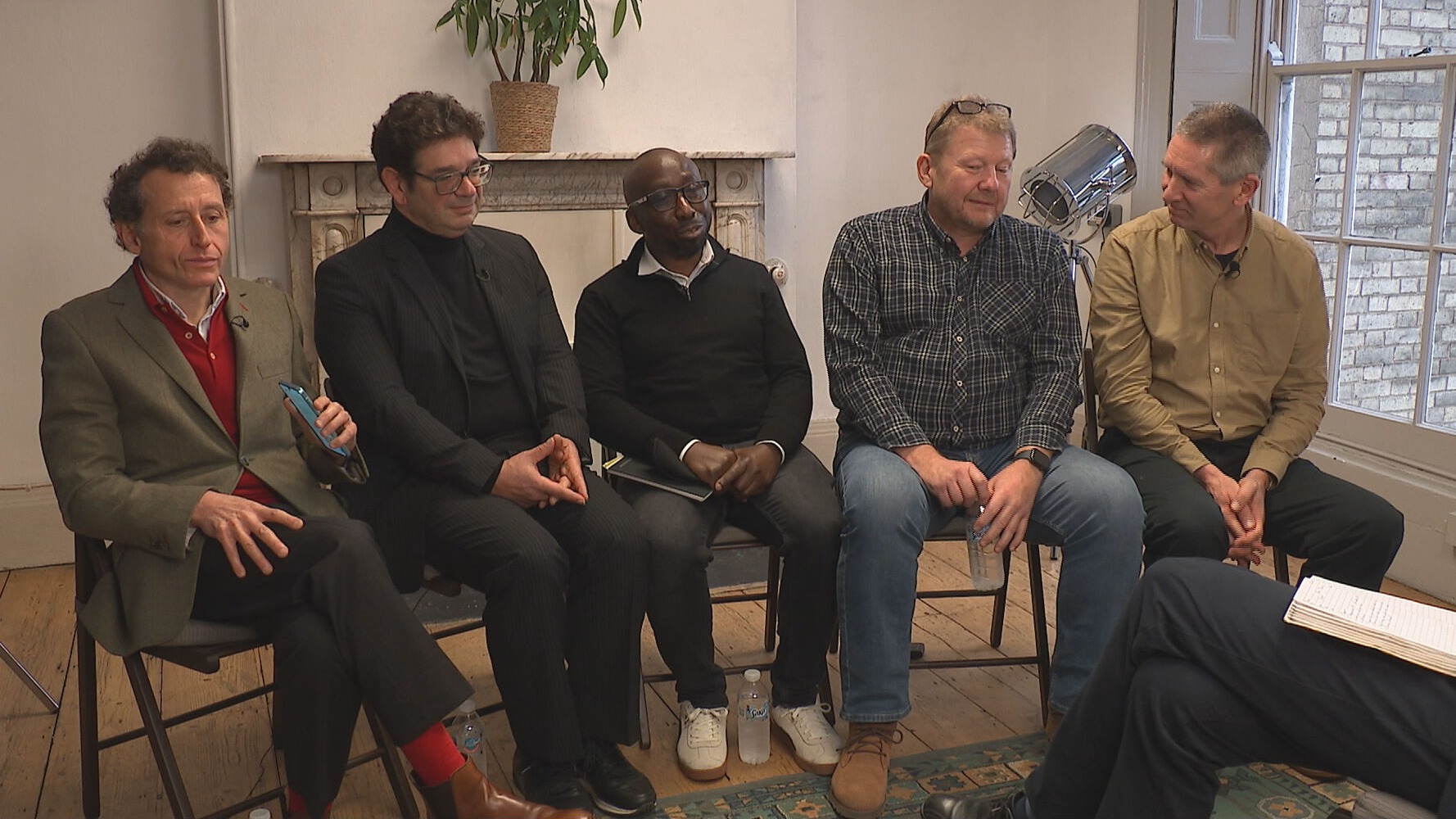It is a sight forever etched into my mind – and everyone else who was an eyewitness to the horrors of the Grenfell Tower blaze in June 2017.
Sitting in the back of a taxi speeding towards west London in the early hours, the dark sky was illuminated by a bright orange glow in the distance.
The taxi driver could scarcely believe what he saw; neither could I.
That orange glow emanated from flames enveloping the 24-storey Grenfell Tower. It was already clear the blaze would involve a catastrophic loss of human life.
From a journalist’s perspective, what started as a call from the desk about a “tower block fire”, accelerated quickly into the realms of major disaster.
But on that warm, humid London day the full magnitude of what was unfolding had not yet become fully transparent.
This was an entirely avoidable tragedy, as explained by the counsel of the inquiry into the fire that claimed 72 lives and wrecked many more.
Cladding has been the focus of much of the media’s attention, as the focus switched to what other buildings across the UK – including Scotland – could be similarly affected.
Earlier this year, MSPs voted to pass a bill that aims to tackle unsafe cladding on buildings – and avoid fires like the Grenfell Tower disaster.
The Housing Cladding Remediation Bill will give ministers power to assess and carry out remediation on buildings with unsafe cladding – with any work then recorded in a special register.
The report into phase one of the inquiry, published in October 2019, concluded Grenfell’s cladding did not comply with building regulations and was the “principal” reason for the rapid and “profoundly shocking” spread of the blaze.
It is expected inquiry chairman Sir Martin Moore-Bick and his two panel members will now go on to lay out their detailed findings regarding the actions of corporate firms in the construction industry, the local authority, London Fire Brigade and the government.
A total of 58 individuals and 19 companies and organisations are under investigation for potential criminal offences, and more than 300 hours of interviews have taken place.
Potential offences under consideration include corporate manslaughter, gross negligence manslaughter, perverting the course of justice, misconduct in public office, health and safety offences, fraud, and offences under the fire safety and building regulations.
The Grenfell Tower block was located in the North Kensington area of West London. Shortly after midnight on June 14, 2017, a fire broke out in the high-rise building and burned for 60 hours.
As night turned to early morning, a large crowd of local residents had gathered on the myriad of streets below the booming traffic on the A40 Westway.
These streets were home to the neighbours and friends of those inside the tower. Many looked on aghast, their faces paralysed with fear. Some had been on the phone to loved ones trapped inside the tower, saying their final goodbyes.
It was all too much to bear.
By now, the world’s media had all descended. International TV reporters were doing live stand-ups as the community sped into action.
From the darkness of Grenfell came kindness, solidarity and hope. Just days before the fire, Prime Minister Theresa May had seen her authority eroded in a snap election she had called just weeks before.
She was now reliant on the support on the DUP, the public having removed her majority. She sought strength in parliament for the Brexit negotiations but was left weakened.
And the criticism of the government was ferocious. In the days after the fire, the lack of support from the government was all the more evident in the incredible humanitarian response.
People were distributing goods and supplies for as far as the eye could see. There was raw anger and grief playing out on the streets.
Cladding filled the air as the community consoled and supported each other. As I lay on the hot pavement to cut a video report of the scenes around me, debris filled the air and swept across the keys of my laptop.
It was difficult to breathe at times. There was a combustible, volatile nature to all of this. Alongside the outpouring of support, there was also anger towards the media that sporadically boiled over among a neighbourhood that felt betrayed.
Some victims’ relatives say they will only feel justice if people are jailed for “putting profit before people’s lives’.
In May, the Metropolitan Police said their investigators need until the end of 2025 to finalise their inquiry, and prosecutors will then need a year to decide whether charges can be brought.
Lead counsel Richard Millett KC has described how a “merry−go−round of buck−passing” had prevailed throughout the hearings.
The second and final report is also expected to make conclusions on the warnings of the local community and the authorities’ response to the disaster – looking at both whether voices from residents were ignored in the lead-up to the disaster and at claims adequate support was not provided in the days immediately after the fire.
Several days after the blaze, I was travelling on a Tube that departed Latimer Road station. Many people had read or hear the news about Grenfell but as the train rolled out the station and the charred remains of the building came into view, an eerie silence descended on the carriage.
TV reports don’t have the same impact as the naked eye.
Everyone who saw the tower felt something – a complex range of emotions including guilt, shame, disbelief and horror.
The apprehension and hope felt by those affected ahead of today’s report is understandable; this is a landmark moment and the culmination of a seven-year fight for justice.
Having witnessed first-hand the distress and spirit of those affected by the Grenfell disaster, I hope they get the answers they seek.
I hope they find some closure to one of this country’s greatest injustices.
Follow STV News on WhatsApp
Scan the QR code on your mobile device for all the latest news from around the country


